70 percent of after-hours calls to veterinary centers weren't really emergencies, survey finds
Data from a survey of nearly 500 veterinarians and assistants indicates that more than 70% of calls made to veterinary centers outside of out-of-hours (OOH) hours were not truly emergencies. The survey, conducted by VetSurgeon.org and VetNurse.co.uk, asked 475 veterinarians and assistants to recall the last OOH call they received and whether urgent care was required.
Three types of calls
The calls were divided into three groups: problems that definitely needed urgent attention, problems that could wait for the opening of the center (either because they had been present for some time without deterioration or because they could have waited until the next morning), and those that clearly were not problems at all (for example, vaccinations, nail trims, passport arrangements, etc.)
64.8% was a condition that should have been seen during normal working hours, and 6.9% was something that was clearly not an emergency. Only 28.2% of the calls were actual emergencies, which means that 71.7% of the calls were not considered as such.
Richard Casey, President of the Veterinary Management Group (VMG), says: "It is important to understand why clients seek OOH care and prepare an action plan to address it. Frequent calls in the early evening, for example, might suggest that some simply don't know the center's operating protocol. Good communication is key, so it is important to make known what the OOH service consists of, through emails to clients, website or newsletters". "Automate triage tools and decision trees on the website also can be helpful. They're inexpensive and help customers assess the urgency of the situation before picking up the phone."
Adapting to an "always on world"
"This problem is likely to stay with us as we increasingly live in an 'always on the world'. Managing it successfully is essential for the team's work-life balance and also for client retention, because if their expectations change and you don't keep up, they'll look elsewhere," adds Dr. Casey.


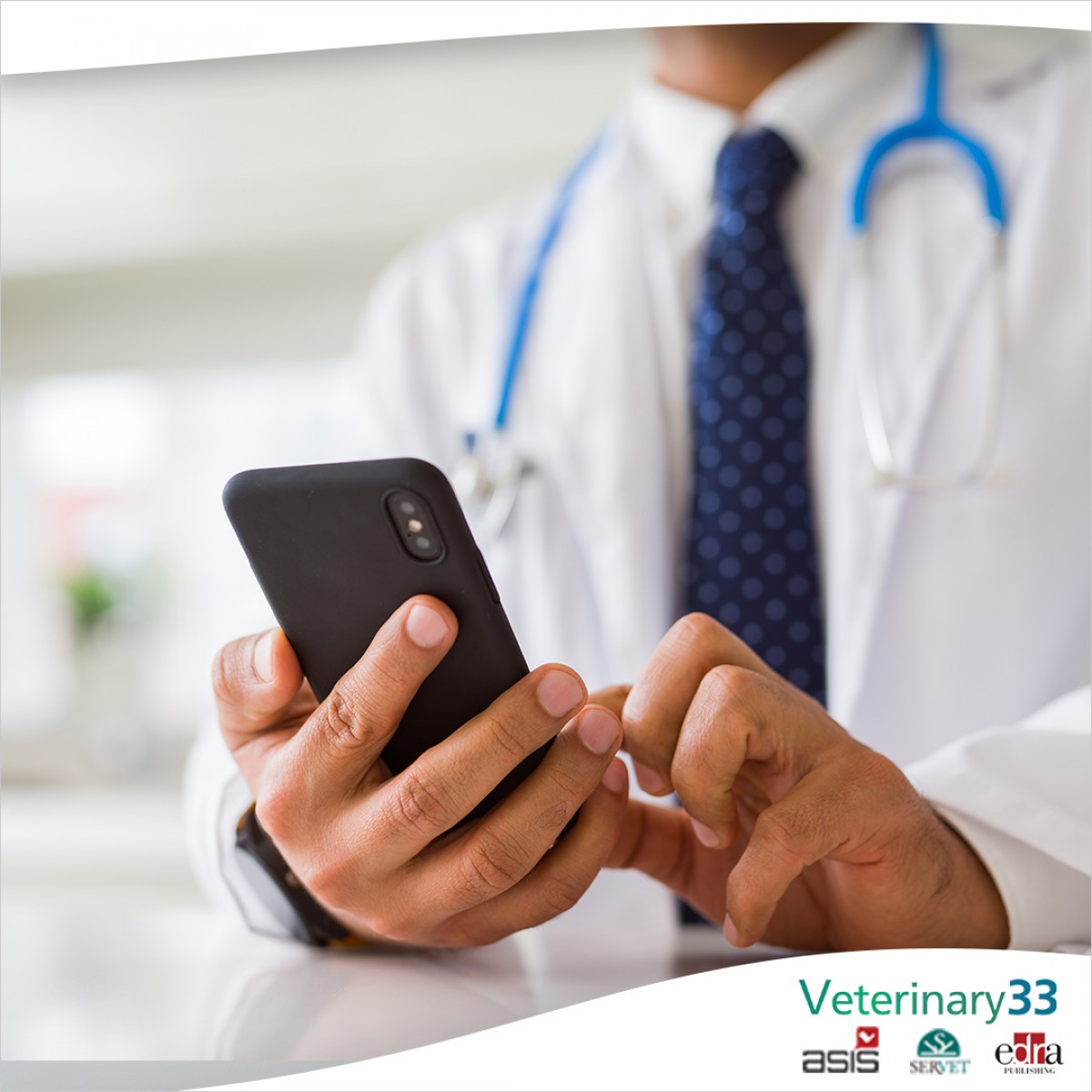

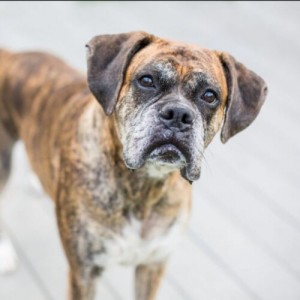
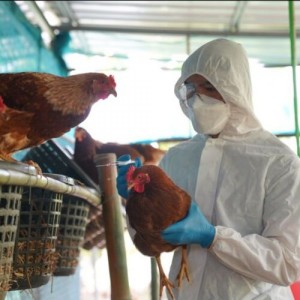
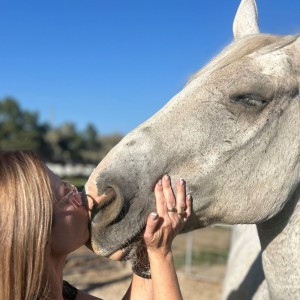
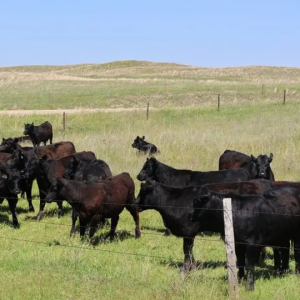

List
Add
Please enter a comment